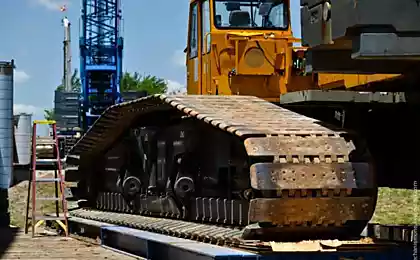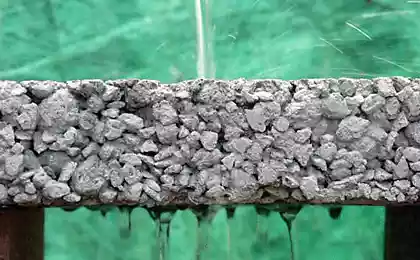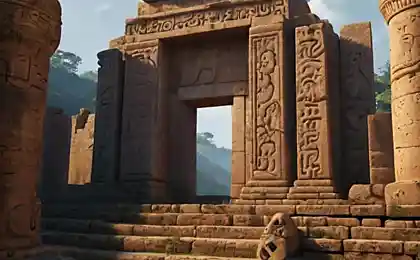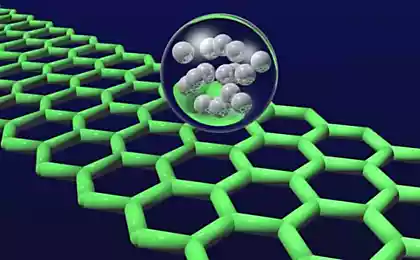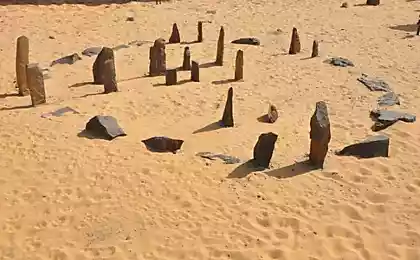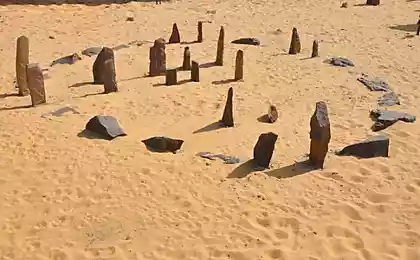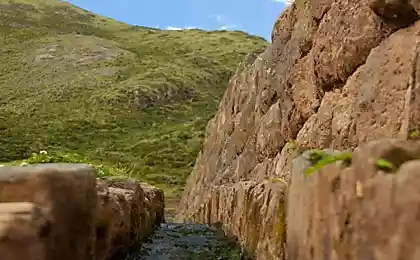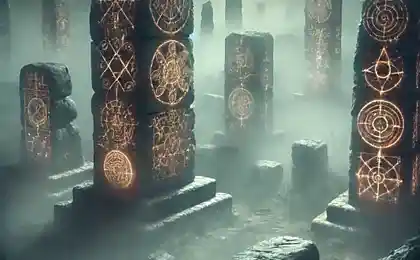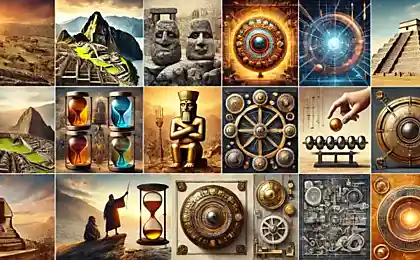251
Lost technology of the ancients: what are we still surprised by?

The history of mankind is full of mysteries and mysteries that still excite the minds of scientists and researchers. Ancient civilizations left behind monumental structures and artifacts, the technologies of creation of which we can not always explain or reproduce. From Roman concrete that survived thousands of years to the mysterious devices of the ancient world, let’s dive into the mysteries of the past that continue to amaze us today.

The Mystery of Roman Concrete That Hasn't Destroyed for 2000 Years
Roman structures such as the Pantheon and the Colosseum have stood for more than two millennia, confronting the elements and time. Their secret is a special Roman concrete, which, unlike modern concrete, becomes only stronger over time.
Scientists have long tried to unravel the formula of this material. Studies have shown that the Romans used a mixture of volcanic ash, lime and sea water. This composition led to the formation of rare tobermorite crystals, which strengthened the structure of concrete.
“Roman concrete is not just a building material, it is the result of a deep understanding of nature and geology,” said Professor Mark Williams of the University of Oxford.
Today, scientists are trying to replicate this recipe to create more durable and environmentally friendly building materials.

Ancient batteries and electricity in ancient Egypt
Could ancient civilizations have used electricity? One of the most mysterious finds is the so-called “Baghdad Battery” – a clay vessel about 2000 years old, inside which a copper cylinder and an iron rod were found. When filled with an acid solution, the device is able to produce an electric current.
In ancient Egypt on the walls of temples there are images resembling electric lamps. Some researchers suggest that the Egyptians may have used primitive light sources in their underground tombs.
Facts:
- The Baghdad battery was discovered in 1936 in the Huyut Rabuah district, near Baghdad.
- Experiments have shown that the device can produce a voltage of about 1 volt.
- The purpose of the battery is still a matter of debate among scientists.
Technologies that we cannot replicate
There are many examples of ancient technologies that we cannot replicate or fully explain:
- Pyramid construction: The exact methods used to build the pyramids remain a mystery. How did ancient engineers move and install giant stone blocks with such precision?
- Nimrud's cardiolic lenses: The lenses discovered in Iraq, made about 3,000 years ago, could have been used to magnify or even in astronomical observations.
- The Antikythera Mechanism: Ancient Greek device with a complex system of gears used to calculate astronomical positions. Its mechanical complexity was unparalleled for thousands of years.
Modern attempts to unravel ancient secrets
Modern science is actively trying to unravel the secrets of ancient technologies. Using advanced research methods such as radiography, 3D modeling and material analysis, scientists are making significant progress.
For example, in the case of the Antikythera Mechanism, a team of researchers led by Professor Tony Frith of the University of London was able to recreate its virtual model and understand the working principles.
In the field of construction, engineers are studying ancient techniques to create more sustainable and durable structures. Roman concrete has become an object of close attention in the context of the development of green technologies in construction.
Conclusion
Ancient technology reminds us that our ancestors had deep knowledge and skills, many of which we are only beginning to understand. The exploration of these mysteries not only satisfies our curiosity, but also opens up new possibilities for modern technology. Perhaps revisiting past experiences will help us solve the current challenges of the present and build a more sustainable future.

